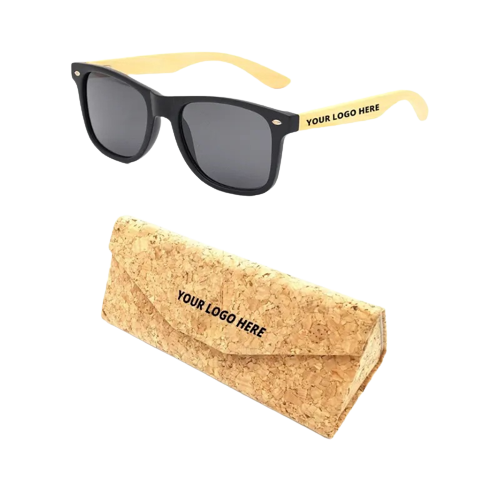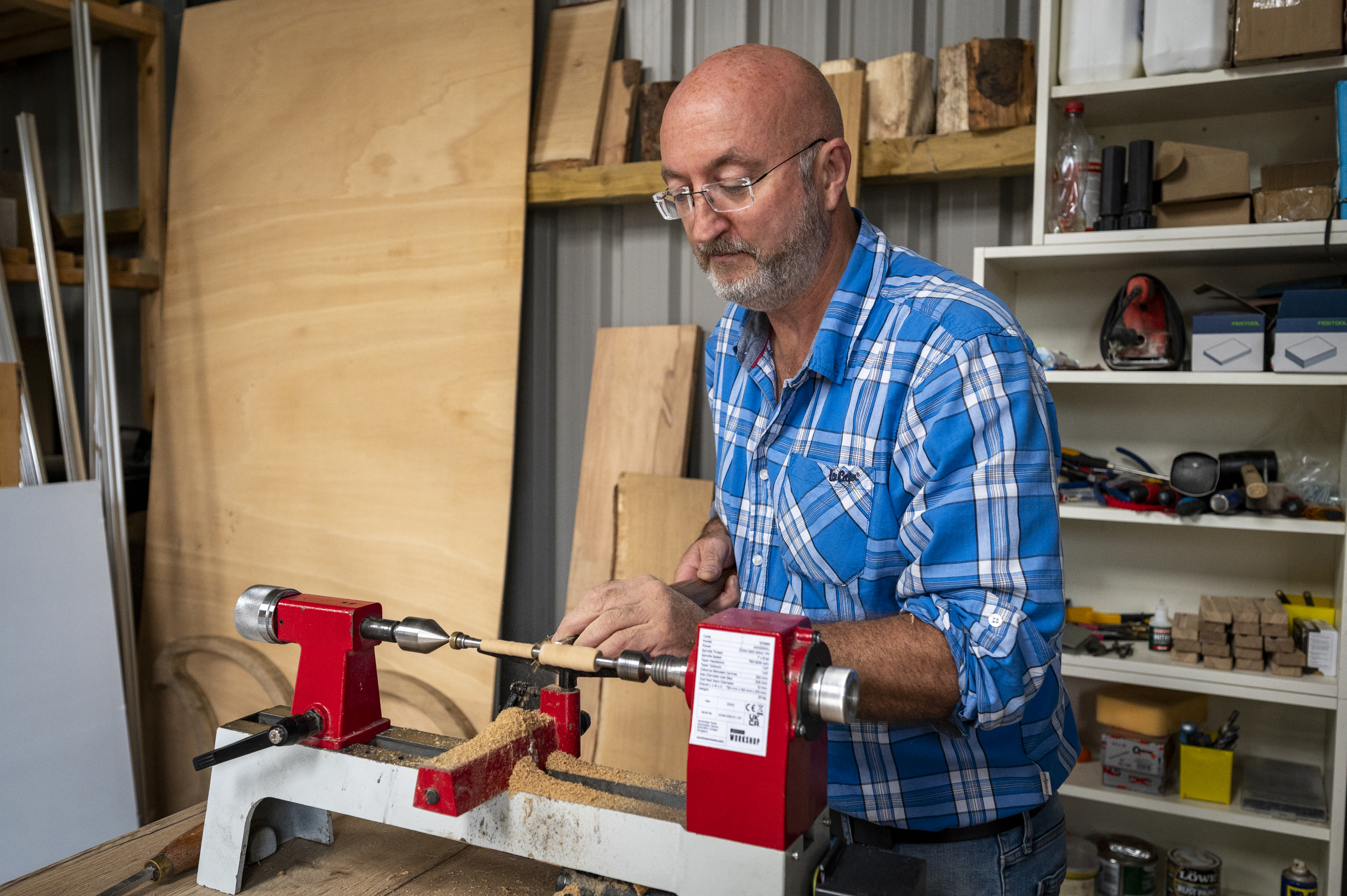Sometimes it seems that trying to live a more sustainable life is downright impossible. There is just too much packaging, too many products being shipped from the other side of the world, too little transparency and very little that we as individuals can actually do.
However, there are a million little ways we can step-by-step unravel the spiral that is a modern unsustainable lifestyle. In some instances, the key is to NOT look at the bigger picture and just focus on every single change that seems manageable, once one of those changes is successfully implemented focus on the next one. That way we won’t get overwhelmed as quickly and instead see what we actually achieve which will motivate us to keep going!
Grocery shopping is an area that often causes a feeling of being overwhelmed almost as soon as we set foot into a conventional supermarket. However, in order to create sustainable grocery shopping habits, we don’t necessarily have to visit farmers markets or refill shops. Small changes can make all the difference – even in our local convenience store.
How to Make our Next Grocery Shop More Sustainable

1. Shop Local and in Season
There has been a lot of emphasis on shopping local recently. Even though this is mainly due to economic factors caused by a pandemic, it is also great for our planet. The main reason: Transport!
If we buy strawberries that have been grown in Spain or even further afield, they have to be shipped to Ireland to end up on the shelf of our local supermarket. The planes, ships or trucks transporting food and goods around the globe massively contribute to CO² emissions.
If we, however, buy Irish-grown strawberries the transport route is significantly shorter and causes less pollution. This brings us to the next point: Shop Seasonal Produce! Obviously, certain fruits and vegetables are only available at certain times of the year here in Ireland even though we can buy them all year round in the supermarkets. They are mostly grown in faraway countries and transported to Ireland, so when buying strawberries in the winter we can be certain they have travelled a long time to get here.
Even better: Shop from small organic growers at the local farmers markets to get the best quality produce and support environmentally friendly growing practices as well as our local small business community!

2. Bring Your Own Bags, Containers or Boxes
Since the plastic bag levy was introduced in Ireland in 2002, there has been increased awareness about bringing our own shopping bags to the supermarkets. Even if we get caught out without a bag there is almost always the option to purchase a sturdy and reusable bag for life rather than just ending up with a flimsy plastic bag.
However, the best practice is to have our own bags with us. This doesn’t just apply to large shopping bags or collapsible boxes to bring everything we bought home, but also to smaller bags for loose fruit and veg as well as containers for the deli, meat, fish or cheese counter.
Never forget the bags again: We have all been there, we are at the supermarkets and the bags are at home. Getting into the habit of placing the bags into the car after emptying our shopping will make sure they are always where they are needed. For people who usually walk to the shop, keeping the bags close to keys, in or near handbags or in the basket of the buggy will lower the chances of them being forgotten.

3. Choose the „Uglies“
Don’t we all want food that looks just as lovely as it tastes? Of course, we do. We are naturally drawn to “good looking” produce, as that is basically what we are told to look for by the media. The truth is though, that fruit and veg don’t look like a glossy ad. Instead, it grows wonky or varies in colour and size. However, most produce that doesn’t look picture perfect just sits on the shelves until its best days have passed because people won’t buy it. Once the “use by” or “display until” date has come all that perfectly tasty food is thrown out.
Think of all the wasted energy and resources. In the case of fruit and vegetables, they had to be grown and nourished, picked, washed, packaged and transported to the supermarket just to end up in the food waste bin a few days later. It is sad and unnecessary. So whenever we buy produce that doesn’t look like it could be in an ad, we are actively saving all this energy from going to waste!

4. Check the Packaging
For most of us trying to minimise packaging can be totally overwhelming. There just seems to be plastic everywhere and if we don’t happen to live close to a zero-waste or refill shop, hardly anything is available without packaging.
Keeping it simple is key. Even in our local mainstream supermarket, we can make a difference by checking the packaging and making the best possible (not necessarily perfect) choices. After all, choosing one big bag of crisps packaged in not recyclable material is better than choosing 10 small ones and so on.
What to look for: By choosing paper over plastic and big packages over small ones (where possible) we might not end up with a zero-waste shop, but we made the best choices for our planet with the resources we had and that still makes a difference!

5. Shop After Creating a Meal Plan
Ever been to the shop and come home with a random selection of food that didn’t really create a lot of meals for the coming days? So instead of having everything we need to feed ourselves and our families we ended up wasting a good portion of that shop and had to go for another shop a few days later.
The simple solution is a meal plan. Which might sound old-fashioned or like a lot of effort, but it really doesn’t have to be. We can simply use an existing diary or calendar and just plan our main meals for the upcoming week. That way we know exactly what we need, write a quick shopping list and minimise our food waste.
Bonus: It also puts an end to the never-ending “What will we eat today?” question and can potentially save us some money!

6. Buy Less Meat
The beef and dairy industry is responsible for a huge portion of pollution in Ireland and worldwide. The Irish Times has published an article in 2020 that compared Irish dairy and livestock farms to oil production. While this is partially due to exports, it is up to all of us to lower the demand for meat and dairy in order to lower emissions from that sector.
Meat and dairy have been a huge staple in our diets for a long time and going vegetarian or vegan overnight seems impossible for most people. However, this doesn’t have to be an all or nothing approach. By starting with meatless Monday we can form a habit that can be increased over time until we might be able to completely go vegetarian, vegan or even flexitarian – the planet will thank us for it!

7. Update Food Storage
What has storing food got to do with shopping? Technically not a lot, but indirectly the two go hand in hand. If we find more suitable ways of storing our food in order to increase its shelf life, we are preventing some of it from going to waste, which will save resources and also money!
In general, fruit and veg will last longer once their packaging is removed and they are either stored loosely or in a breathable produce or paper bag. Make sure delicate fruits like berries are dry before filling them into a glass jar to store in the fridge. Some fruits emit ethylene when ripening, which potentially can cause other produce to wilt quicker, storing ethylene emitting fruit separately will prevent that.
A lot of food can last longer when frozen, which will not just increase shelf life and reduce food waste but also enable us to bulk buy. Some classic freezer foods are bread (if frozen sliced, single slices can be defrosted in the toaster prior to consumption), milk, cheese, whole fruits (particular bananas, tomatoes or stone fruits) and herbs!
Get Into the Habit of Sustainable Grocery Shopping
There are so many ways to make our weekly shop more sustainable and the good thing is, they don’t all need to be implemented at once. Each and every single one will make a difference to our environment. They say it takes 21 days to create a habit and once the new habit of buying seasonal, making a meal plan, bringing our own bags has been formed, we have made our grocery shop overall a more sustainable affair!






